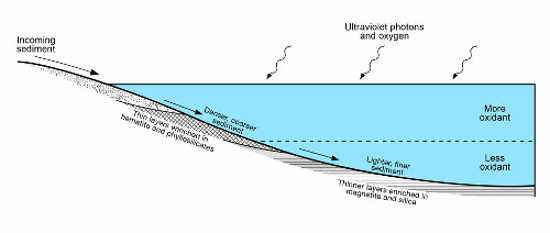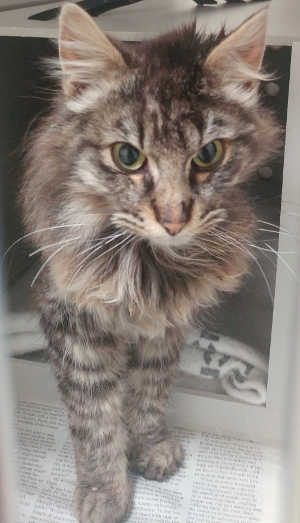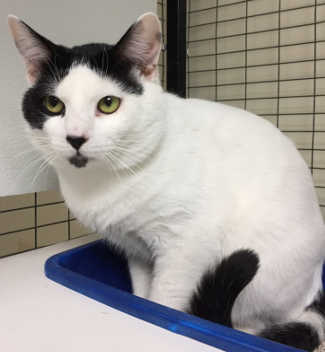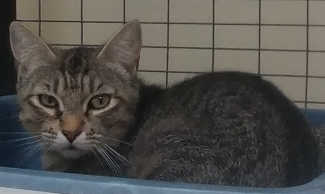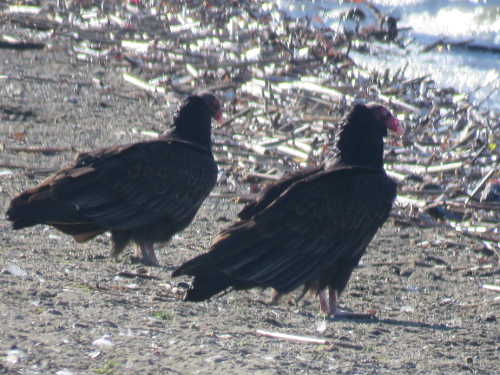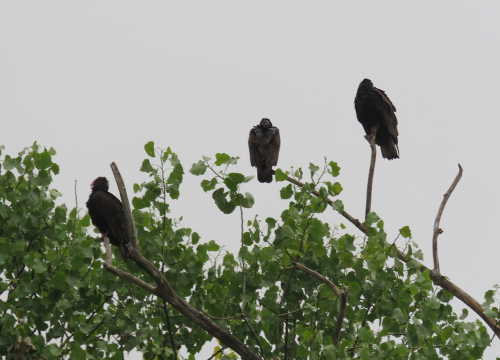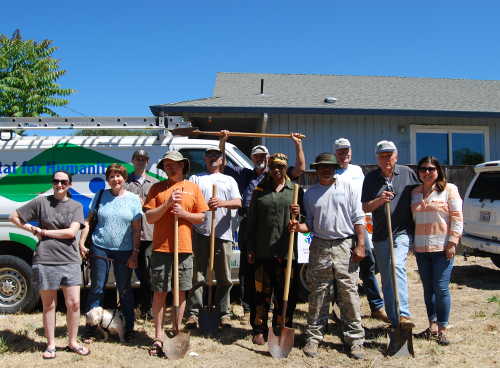
Some weeks, too many things happened in history to choose just one. So, enjoy this day-by-day calendar of historical events!
June 5, 1947
During his commencement speech at Harvard University, Secretary of State George Marshall lays out a plan to provide aid to the decimated Europe following the Second World War. This rebuilding program would be known as the Marshall Plan.
Over the course of four years, the U.S. gave over $13 billion in aid to Western Europe (over $130 billion in today’s money).
June 6, 1944
“The eyes of the world are upon you,” intoned General Eisenhower as coalition troops prepared to cross the English Channel to Normandy.
Over the course of that day, immortalized as D-Day, roughly 10,000 allied troops would be killed or wounded (although there remains no “official” tally and some estimates place the casualties much higher).
June 7, 1776
At the Continental Congress, Richard Henry Lee of Virginia, a leader of the more radical members of congress, first proposes a resolution “That these United Colonies are, and of right ought to be, free and independent States …”
The delegates postpone a decision while a committee is formed to write what would become the Declaration of Independence.
June 8, 1869
A patent is awarded to Ives McGaffey of Chicago for “a sweeping machine” that operates by creating a vacuum.
The “Whirlwind” as Ives coined the cleaner, was operated by a hand pump – a far cry from the motorized vacuum cleaners we use today.
June 9, 1860
There are a number of milestones in the history of the American entertainment industry that deservedly hold a place of honor – like the first radio broadcast, the airing of the first television program and many more besides. To this list of achievements should be added one more: the publishing of the first dime novel.
It’s difficult to actually pin down the definition of a dime novel, but I’m partial to the one chosen by Charles Bragin, an early collector of the books: dime novels are paper-covered “lurid literature of the west, detectives, bandits etc.”
I like that “lurid,” since it succinctly identifies what was both the quality of the books and their main appeal for readers.
It all started, like most great inventions, when a businessman recognized a potential market. The businessman in this case were two New York-based publishing brothers Erastus and Irwin Beadle.
Erastus had been publishing juvenile magazines and song sheets out of Buffalo when he and his brother decided to pull up shop and move to the big city of New York.
Once there, they began publishing penny song books. Sales were so good, apparently, that Irwin had a feeling they had stumbled on something big.
On this day in 1860, the budding entrepreneurs published the first novel in their “Beadle’s Dime Novels” series.
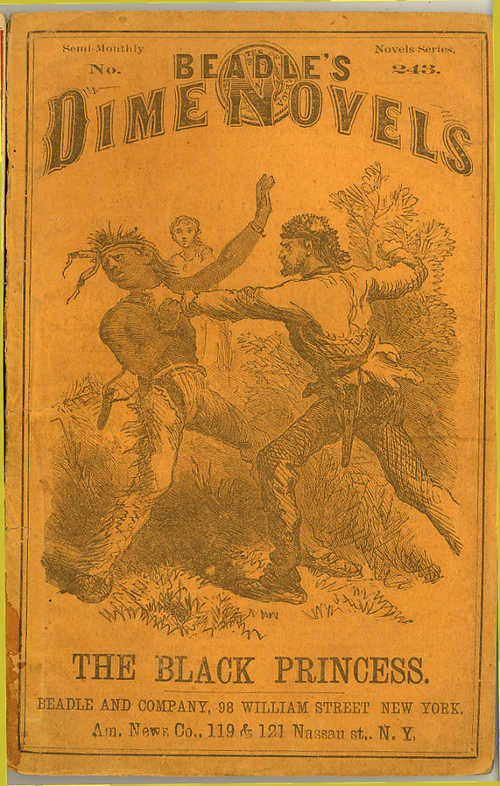
Setting the tone for the next half century of novels, the first book was titled “Malaeska: the Indian Wife of the White Hunter.”
Written by historical novelist Ann Sophia Stevens, the Beadles’ debut issue sold over 300,000 copies in the first year – a smashing success.
In a society that had few sources of entertainment, the time was perfect for the cheap novel. Like its name implies, the novels were sold for a dime.
From 1860 until 1874, the series ran 321 issues, novels written by a variety of authors but each one pretty much in the same vein as the rest.
Clothed in distinctive burnt-orange covers, these early editions became known as “yellow backs.” Once this first run of the series ended in 1874, the brothers issued a second run under the new name of “Beadle’s New Dime Novels” (I never said they were especially inventive).
Rather than actually produce new content, the 309 novels issued under the “new” name were essentially reprints of older stories but bound in new covers.
Unlike their earlier products, the Beadles’ dime novels of the 1860s and 1870s targeted an adult audience. Topics ran the gamut from tawdry romance and adventure stories to …. Well that was about it.
Most of these earlier dime novels were inspired by historical events like the American Revolution and the War of 1812, but enough cheesy storylines were added that the end product could barely be described as “historical.”
As the American west was conquered, cowboys and Indians were added to the mix and eventually dominated the scene.
It didn’t take long for other entrepreneurs to realize the mound of money the Beadle brothers sat on.
The first competitor to the Beadle empire came from within – George Munro, a one-time foreman at the Beadle production plant.
Starting in 1863, at the height of the Civil War, Munro issued the first novel in his “Munro’s Ten Cent Novels” series.
Karma had her way with Munro, who had cut into his former bosses’ profits, when his very own brother started his own dime novel series, “Ten Cent Popular Novels.”
As the field grew more crowded with competition, the prices of the novels began to drop—from a dime to a nickel.
Striving to market their products as different from the others, some companies changed the format of the novels, shrinking their size and condensing their stories into just 18 pages or less.
Gradually, the readership of the dime novel changed, as younger audiences devoured the short stories at increasing voracity.
The subject matter also began to change, with the rise of detective as a hero and the increasing romaticization of the American West. Here entered Buffalo Bill, the masked bandits and wild desperadoes.
The rise of radio proved the downfall of the dime novel. By the early 1930s the same beloved characters that once filled the pages of novels now filled the living-rooms of American homes, with live actors and sound effects bringing to life the old, stale stories.
Nevertheless, for the nearly 80 years of their heyday, dime novels brought consumable entertainment to the masses for the first time.
For that alone, the Beadle brothers should take their place among the great trailblazers of American entertainment.
Antone Pierucci is the former curator of the Lake County Museum in Lake County, Calif., and a freelance writer whose work has been featured in such magazines as Archaeology and Wild West as well as regional California newspapers.
Save
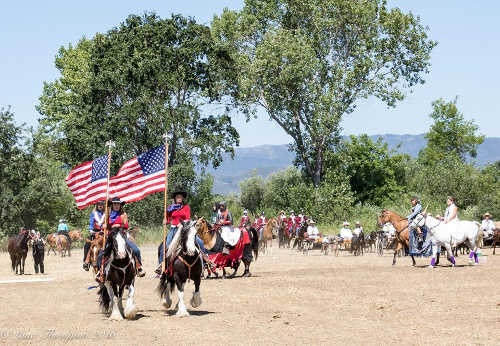
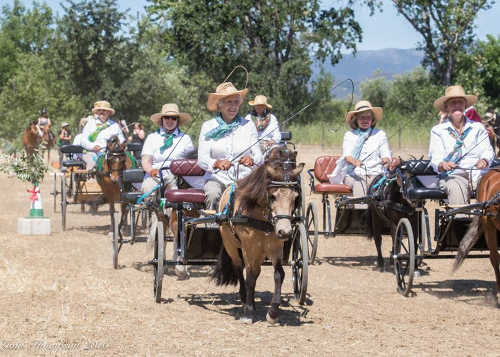
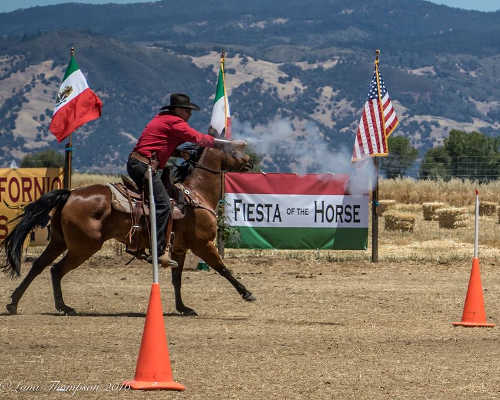

 How to resolve AdBlock issue?
How to resolve AdBlock issue? 
